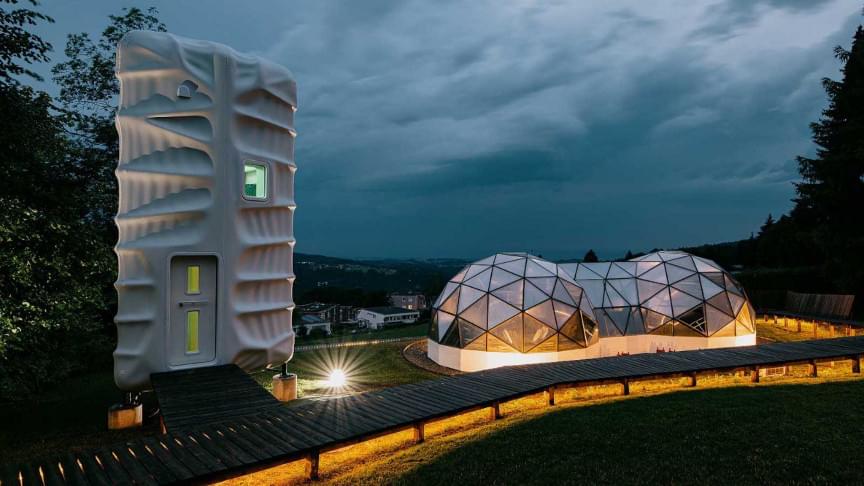Jul 25, 2022
Combat Starships — and Faster Launch Concepts
Posted by Greg Allison in categories: habitats, space travel
DoD has already funded Starship Cargo concepts studies and is interested in a troop rocket! Will we have SpaceX Starship Troopers? I look into what DoD is interested in, why the one hour mission just is not going to happen, alternatives and a concept for a launch on demand system. Be sure to watch to the end to catch that fun concept!
For gardening in your Lunar habitat Galactic Gregs has teamed up with True Leaf Market to bring you a great selection of seed for your planting. Check it out: http://www.pntrac.com/t/TUJGRklGSkJGTU1IS0hCRkpIRk1K
Awesome deals for long term food supplies for those long missions to deep space (or prepping in case your spaceship crashes: See the Special Deals at My Patriot Supply: www.PrepWithGreg.com.

















